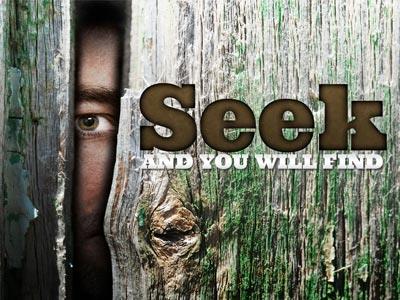-
The Beasts And The Kingdom Series
Contributed by Mike Wilkins on Nov 28, 2017 (message contributor)
Summary: The Beastly Nations of the world devour and tranple, but the Kingdom of God loves and serves.
Singing the Songs of The Lord In a Strange Land February 20, 2005
Daniel 7
The Beasts and the Kingdom
You think you’ve had some bad dreams! Daniel’s dream is weird and wonderful to us, and terrifying to him!
You can imagine seeing these things before the days of monster movies and the like. It is likely an understatement when he writes that he was deeply troubled in his thoughts and his face turned pale. The Message - "And there it ended. I, Daniel, was in shock. I was like a man who had seen a ghost. But I kept it all to myself.”
You might not be as disturbed as Daniel, but at least wondering what this all means, why its in the Bible and how it applies today.
As we take a look at the big picture of this chapter I think we’ll get a great look at the big picture of history and the future and how we are to live in light of that big picture.
The Dream
Up to this point, Daniel has interpreted other people’s dreams, but now, God gives him his own disturbing dream. It is just after Nebuchadnezzar has died and Babylon is ruled by Belshazzar. Nebuchadnezzar reigned powerfully, and by the end he had begun to serve God. Belshazzar is a weak ruler by comparison and has no interest in God.
In his dream Daniel sees the sea whipped up into a frenzy by the four winds. While we often think of the sea as a peaceful spot where we go for a vacation, the people of Daniel’s day saw it as a place of chaos and destruction. If you could imagine how those who have survived the tsunami regard the sea, you might come close to how ancient people regarded the physical/spiritual power of the sea. In Revelation 21 we find this verse describing paradise “Then I saw a new heaven and a new earth, for the first heaven and the first earth had passed away, and there was no longer any sea.” (“But I like the sea!” You might say) It is a metaphorical image that says there is an end to chaos and destruction.
Daniel’s dream of the sea is even more chaotic in that the four winds are whipping the sea into a frenzy. Out of this frenzy come four grotesque beasts. Daniel tries to describe them the best he can – the fact that they are described as mixtures of creatures is even more grotesque to the original readers – Jewish people who wouldn’t even plant different varieties of seed in the same field, nor would they yoke an ox with a donkey. To get to the emotions that Daniel felt seeing these beasts, you might think of the latest monster movie Alien vs. Predator. I haven’t seen this one, but both those guys gave me the willies in the first movies. And just as those monsters seemed undefeatable in the movies, the beasts in Daniel’s dream seem all powerful.
The first beast is probably the least worrisome – As the Angel said, the beasts relate to earthly kingdoms, This beast likely relates to Babylon, specifically under Nebuchadnezzar’s rule. He starts as a lion with wings, and ends as a humanoid with a human heart. Nebuchadnezzar ends his rule as a Gentile king who serves God.
The next beast is a ravenous bear, lurching from side to side
The third beast is a four-headed panther with four wings, given authority to rule
The fourth is the worst – we are given more description, and less, all the same. We don’t know the shape of the beast, except that it has huge iron teeth, It devoured its victims or trampled them. It had ten horns, and one more horn that grew up among them and three of the ten horns were uprooted to make room for it – this horn had eyes and a mouth of its own that spoke out arrogantly.
Later, when Daniel asks one of the angelic beings about these beasts, we hear that they represent successive kingdoms. We see that although the images are much more graphic in Daniel 7, it is a similar dream that Nebuchadnezzar had in chapter 2 of the statue with the head of gold, chest and arms of silver, belly and thighs of bronze, legs of iron and feet of iron mixed with clay. In the end a stone not cut by humans comes and smashes the statue. The different parts of that statue represented successive kingdoms as well.
As people have tried to interpret the passage they have equated the beasts (and the metals) to Babylon, Medo-Persia, Greece and Rome, or they split the Mede and the Persian empires and finish at Greece.
It is good to note at this point that apocalyptic writing is very metaphorical, and as Tremper Longman III says, “Images speak truly and accurately, but not precisely.“ So, for the scope of this sermon, it is not really useful to figure out which beast goes with which kingdom. With any apocalyptic writing it is not at all helpful to give a one for one correlation to modern nations or multinational organizations as some popular writers like to do (and then revise when the correlation doesn’t quite work out.)

 Sermon Central
Sermon Central



